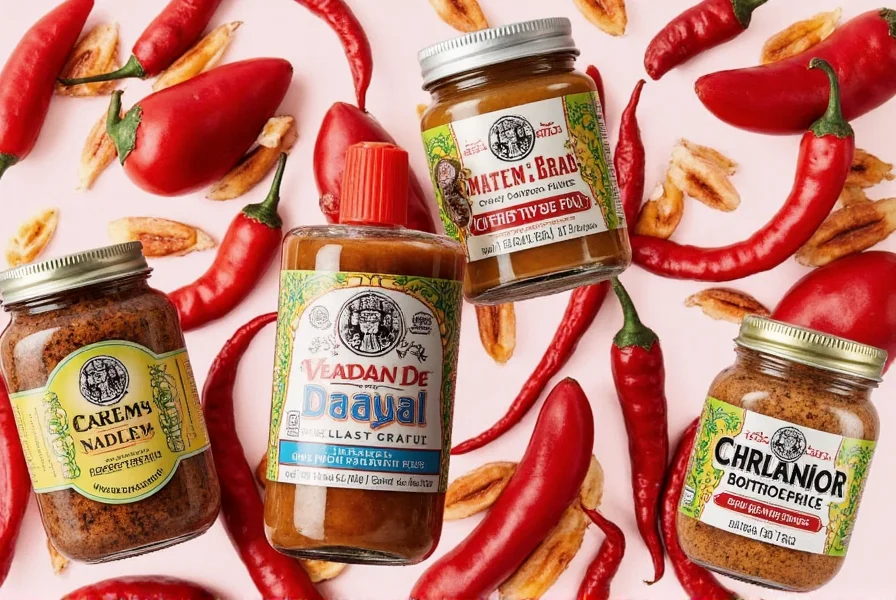
Looking for chiles de arbol substitutes? You need reliable alternatives that match both heat and flavor. Below is a quick comparison of the top 7 substitutes with precise usage ratios, followed by expert tips for salsas, sauces, and more.
| Substitute | Heat Level (SHU) | Flavor Profile | Best Use | Substitution Ratio |
|---|---|---|---|---|
| Cayenne Pepper | 30,000–50,000 | Sharp, Fruity | Salsas, Hot Sauces, Seasonings | 1:1 by volume (dried) |
| Thai Bird's Eye Chili | 50,000–100,000 | Citrusy, Intense | Curries, Stir-Fries, Seafood | 1:2 (use half amount) |
| Guajillo Chiles | 2,500–5,000 | Berry, Tangy | Moles, Adobos, Marinades | 1:1 whole chiles |
| Serrano Peppers | 10,000–23,000 | Crisp, Green | Salsas, Tacos, Guacamole | 3 fresh for 2 dried |
| Pasilla Chiles | 1,000–2,500 | Earthy, Raisiny | Slow-Cooked Sauces, Enchiladas | 1:1 whole chiles |
| Crushed Red Pepper Flakes | 30,000+ (varies) | Spicy, Toasted | Pasta, Soups, Pizza | 1 tbsp per cup of oil |
| Chipotle Powder | 2,500–8,000 | Smoky, Woody | Rubs, Grilled Meats, BBQ | 1:2 (reduce by half) |
Cayenne Pepper
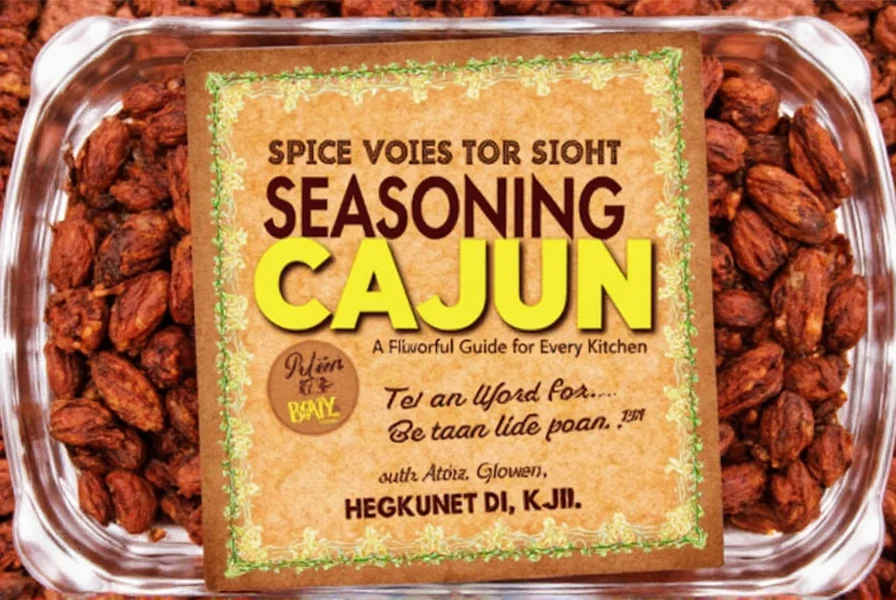
Cayenne is a common household chili that offers a similar heat level and vibrant red color.
- Heat Level: Similar (30,000–50,000 SHU)
- Flavor: Sharp, biting, slightly fruity
- Best For: Salsas, hot sauces, seasoning blends
- Pro Tip: Use 1/4 teaspoon cayenne powder per dried chile de arbol. For oil infusions, combine with toasted sesame seeds for better flavor matching.
Thai Bird's Eye Chili
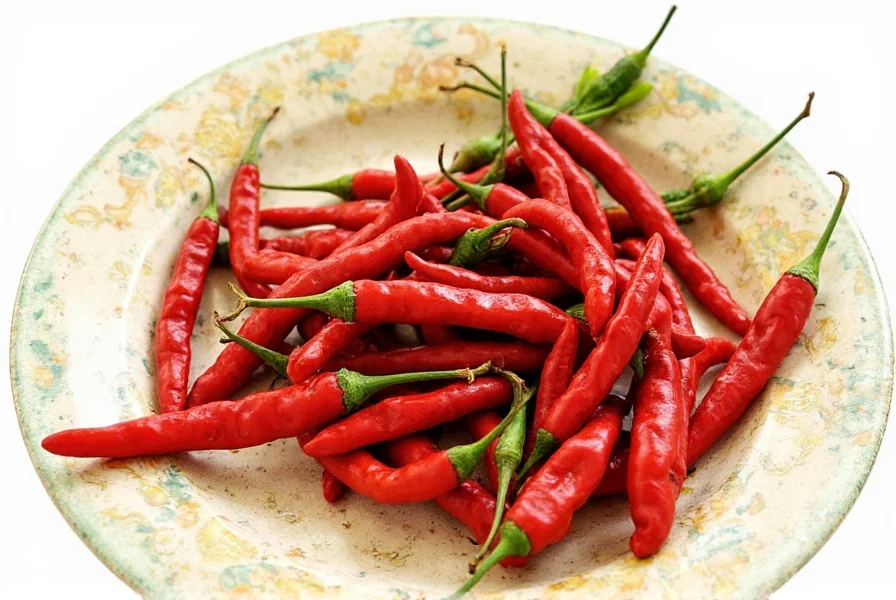
Small but mighty, these chilies bring authentic Southeast Asian fire to your dish.
- Heat Level: Higher (50,000–100,000 SHU)
- Flavor: Bright, citrusy, very spicy
- Best For: Stir-fries, curries, seafood dishes
- Pro Tip: Remove seeds and membranes to reduce heat. Use 1 Thai chili for every 2 chiles de arbol in Southeast Asian fusion dishes.
Guajillo Chiles
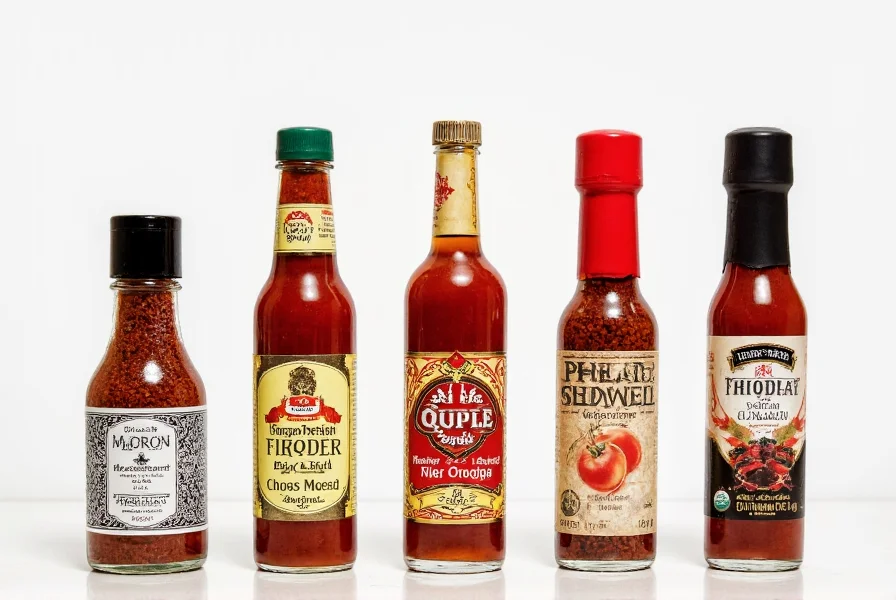
These dried Mexican chilies offer a more balanced flavor with moderate heat.
- Heat Level: Milder (2,500–5,000 SHU)
- Flavor: Sweet, tangy, berry-like undertones
- Best For: Moles, adobos, marinades
- Pro Tip: Soak dried guajillos for 20 minutes before using. Add 1/2 teaspoon sugar to balance acidity in sauces.
Serrano Peppers
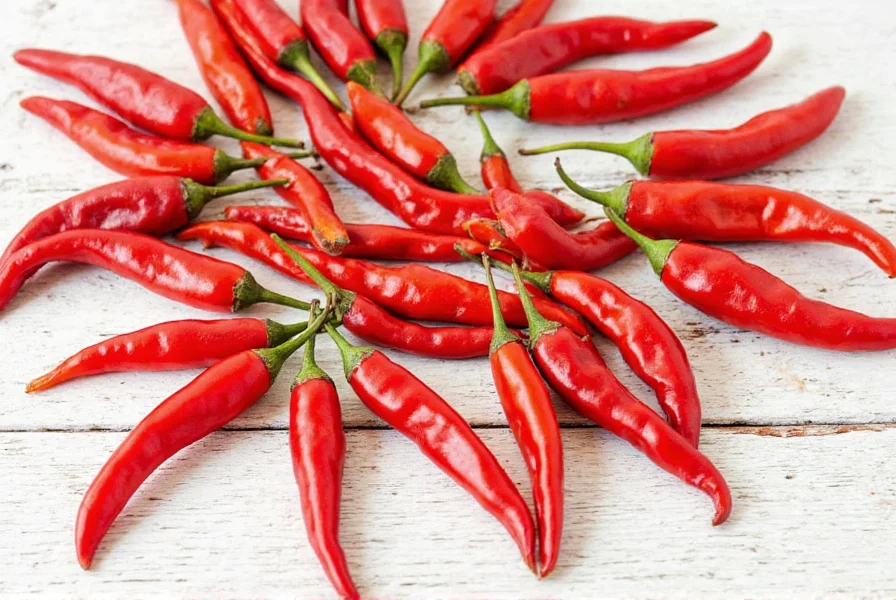
Fresh serranos are a versatile alternative, especially when using them raw or roasted.
- Heat Level: Similar (10,000–23,000 SHU)
- Flavor: Crisp, green, with a sharp bite
- Best For: Salsas, guacamole, tacos
- Pro Tip: Use 3 fresh serranos for every 2 dried chiles de arbol. Roast first for deeper flavor in cooked dishes.
Pasilla Chiles
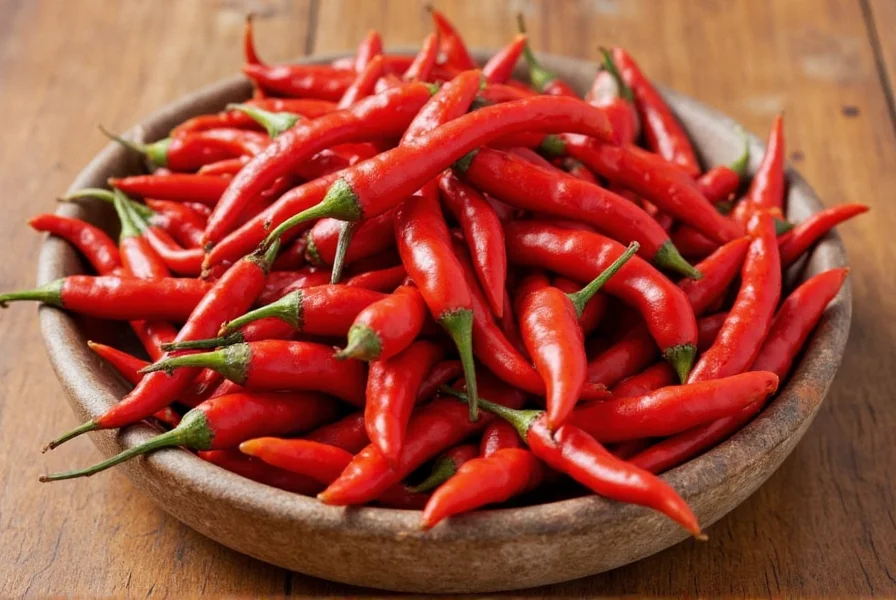
A dark, wrinkled chili with rich flavor and subtle heat.
- Heat Level: Mild to moderate (1,000–2,500 SHU)
- Flavor: Earthy, raisin-like, smoky
- Best For: Slow-cooked sauces, moles, enchiladas
- Pro Tip: Soak for 30 minutes to rehydrate. Add 1/4 teaspoon smoked paprika to enhance smokiness if needed.
Crushed Red Pepper Flakes
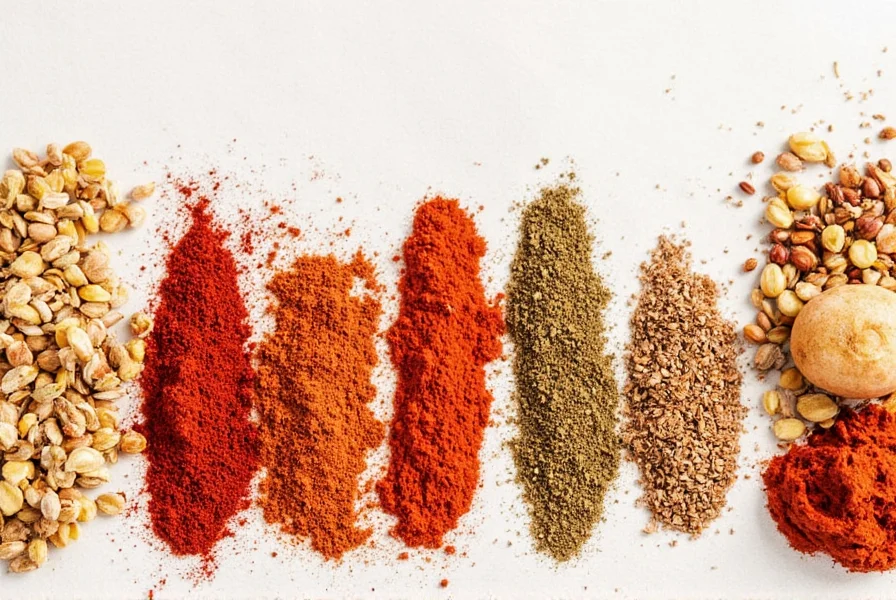
An easy pantry staple that delivers consistent heat without the hassle.
- Heat Level: Varies (often around 30,000 SHU)
- Flavor: Spicy, slightly bitter, toasted notes
- Best For: Pasta sauces, soups, pizzas
- Pro Tip: Use 1 tablespoon per cup of oil for infusions. For smoother sauces, blend with a little water to dissolve flakes.
Chipotle Powder
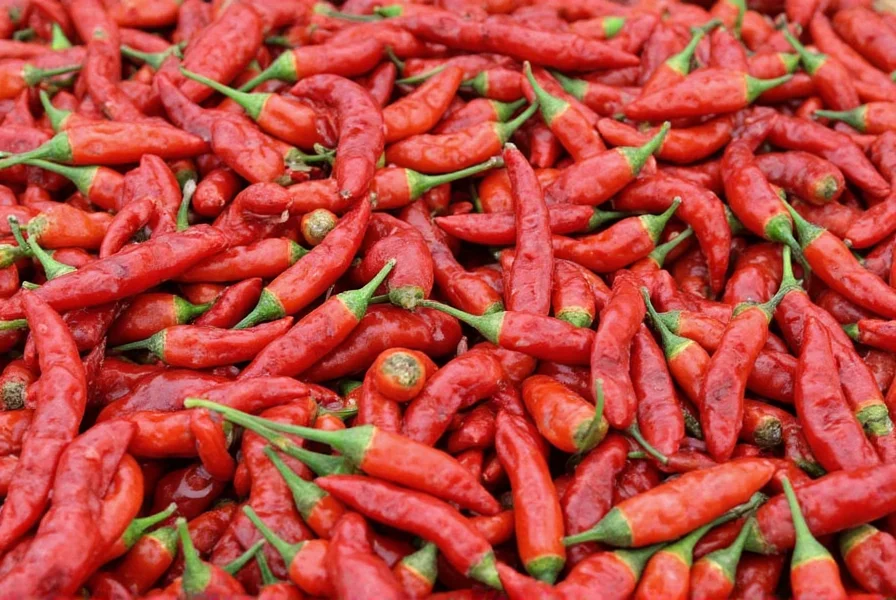
Smoked jalapeños ground into powder — great for adding depth and heat.
- Heat Level: Moderate (2,500–8,000 SHU)
- Flavor: Smoky, woody, sweet-spicy
- Best For: Rubs, stews, grilled meats, BBQ sauces
- Pro Tip: Reduce amount by half when substituting. Add 1/4 teaspoon sugar to counter excessive smokiness in non-smoky recipes.
Frequently Asked Questions
Here are the most common questions about chiles de arbol substitutes, answered by culinary experts:
What's the closest substitute for chiles de arbol in both heat and flavor?
Cayenne pepper is the closest match, offering similar heat (30,000-50,000 SHU) and a sharp, slightly fruity flavor. Use 1:1 by volume when substituting dried peppers. For recipes calling for whole chiles de arbol, replace each pepper with 1/4 teaspoon of cayenne powder.
Can I use fresh peppers instead of dried chiles de arbol?
Yes! Fresh serrano peppers are the best alternative. Use three fresh serranos for every two dried chiles de arbol. For raw applications like pico de gallo, slice them thinly. For cooked dishes, roast them first to develop deeper flavor that better mimics dried chiles.
How do I adjust recipes when substituting Thai bird's eye chilies?
Thai chilies are significantly hotter (50,000-100,000 SHU), so use half the amount called for. Start with one Thai chili instead of two chiles de arbol, then taste before adding more. Remove seeds and membranes to reduce heat while preserving flavor. Best for Southeast Asian fusion dishes where citrus notes complement the recipe.
Which substitute works best for making spicy oil infusions?
Crushed red pepper flakes are ideal for oil infusions since they distribute heat evenly. Use 1 tablespoon of flakes per cup of oil. For closer flavor matching, combine equal parts cayenne powder and toasted sesame seeds. Avoid fresh peppers in oil infusions due to moisture content that can cause spoilage.
Can I substitute chipotle powder without adding smokiness?
Not without altering flavor significantly, as smokiness is chipotle's defining characteristic. For non-smoky heat, choose cayenne or crushed red pepper flakes instead. If you must use chipotle powder in a non-smoky recipe, reduce the amount by half and balance with 1/4 teaspoon of sugar to counter the smokiness.
How should I store unused substitute peppers?
Dried substitutes (cayenne, guajillo, pasilla) should be stored in airtight containers away from light and heat - they'll last 1-2 years. Fresh substitutes (serranos, Thai chilies) keep for 2-3 weeks in the crisper drawer. For longest storage, freeze whole dried peppers or freeze fresh chilies on a baking sheet before transferring to freezer bags.
Conclusion: Keep the Fire Burning with the Right Substitute
You don't have to sacrifice flavor or heat just because chiles de arbol are out of reach. For the closest match in heat and flavor, cayenne pepper is your best option. For smoky dishes, chipotle powder works well. Always adjust quantities based on your heat tolerance and recipe requirements.
So next time your spice drawer feels empty without those iconic red chilies, grab one of these substitutes and keep the culinary fire alive. Your taste buds — and your guests — will thank you!
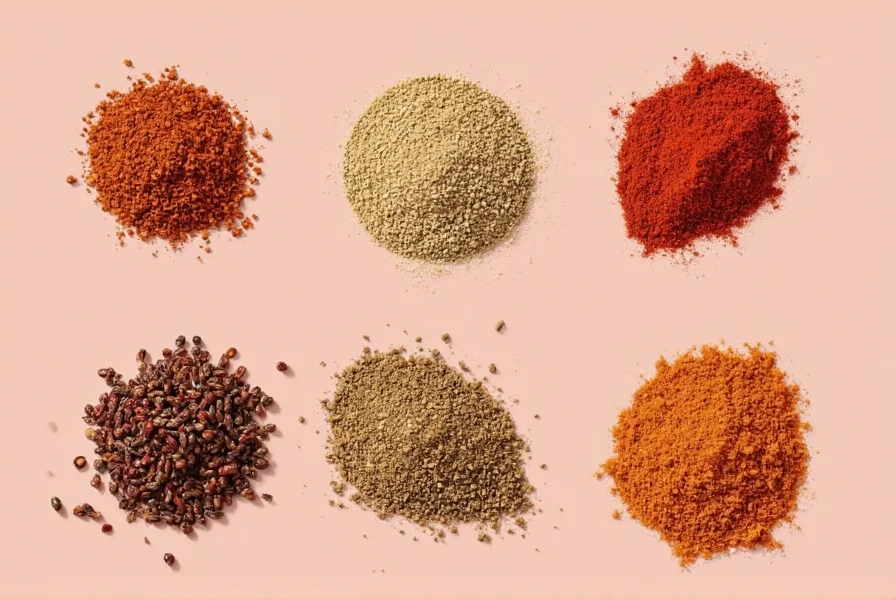

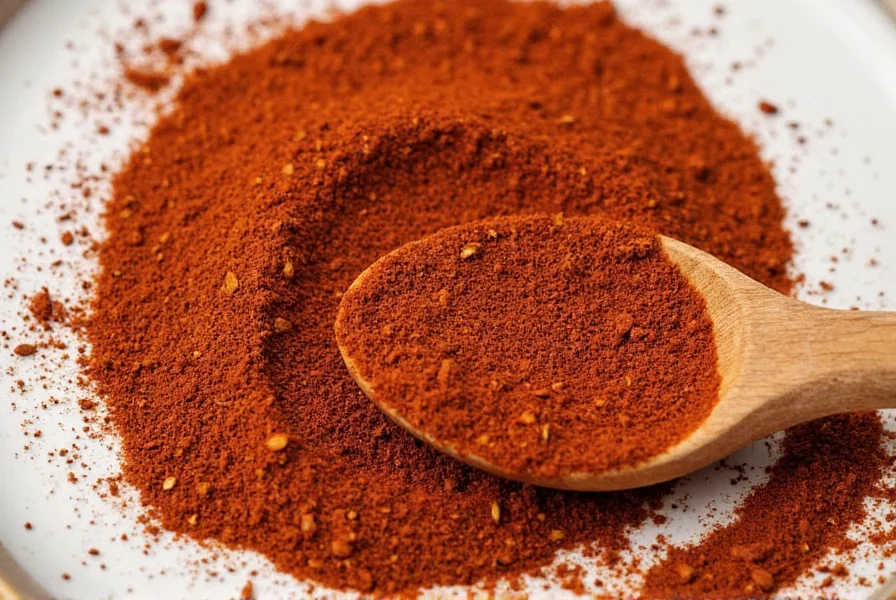









 浙公网安备
33010002000092号
浙公网安备
33010002000092号 浙B2-20120091-4
浙B2-20120091-4